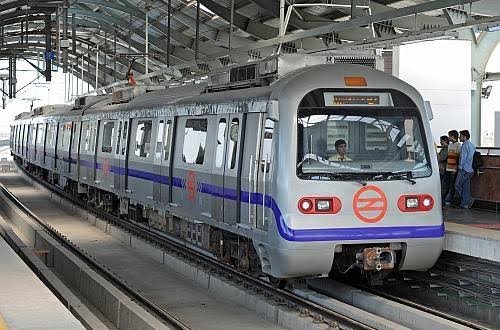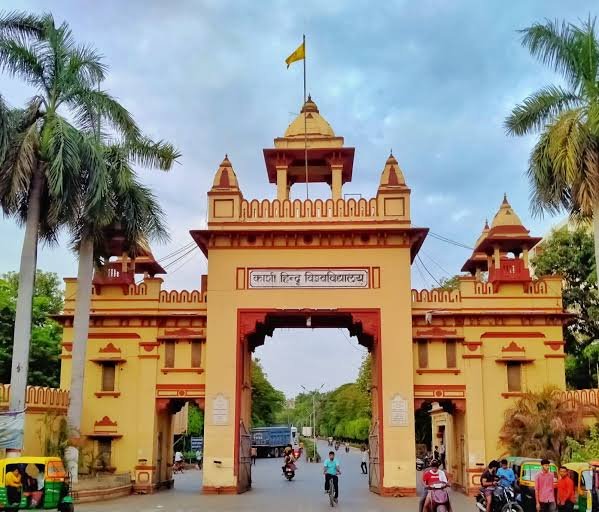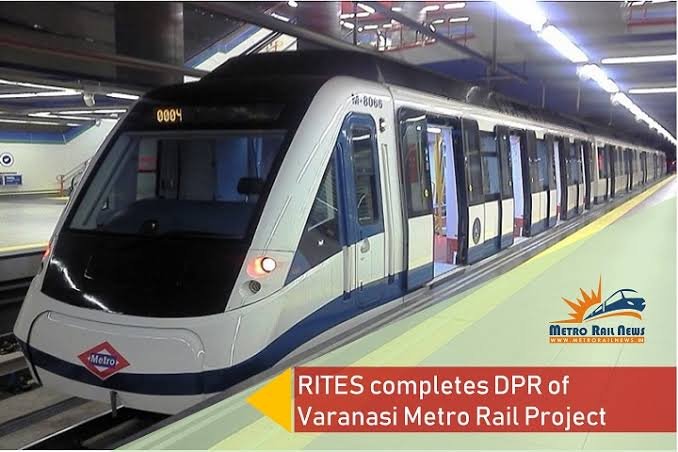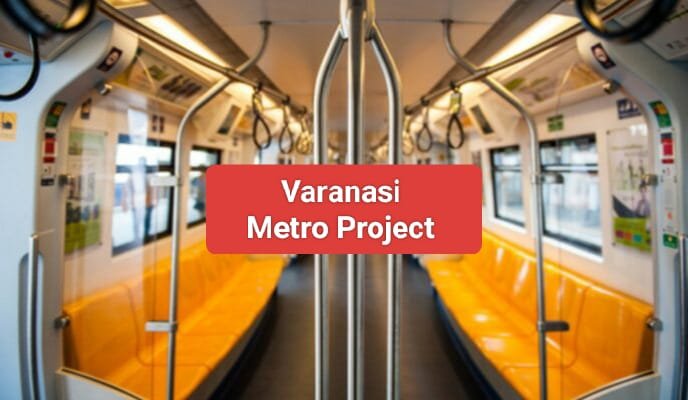Varanasi, one of the oldest living cities in the world, is on the cusp of a major transportation revolution with the introduction of the Varanasi Metro. Following the successful implementation of the ropeway project, the metro system is expected to ease congestion and provide a modern transit solution for millions of residents and tourists. The Varanasi Metro will be a light metro system, offering cost-effective and efficient urban mobility. With 17 stations planned along its route from Bharat Heavy Electricals Limited (BHEL) to Banaras Hindu University (BHU), this metro network will transform the city’s connectivity.

The Need for the Varanasi Metro
Varanasi is a densely populated city with an intricate network of narrow streets, bustling marketplaces, and cultural landmarks. The increase in population and tourism has led to significant traffic congestion. The Varanasi Metro is designed to address these challenges by providing a rapid transit system that will decongest roads, reduce travel time, and enhance accessibility to key locations in the city.
Key Reasons for Introducing the Varanasi Metro:
- Traffic Congestion: The city experiences heavy traffic, especially in areas like Chowk, Godowlia, Beniya Bagh, and Bangali Tola. The metro will offer an alternative to road transport.
- Tourism Growth: Varanasi attracts millions of domestic and international tourists every year. The metro will facilitate easier movement for visitors.
- Environmental Concerns: With increasing vehicular pollution, the metro provides a cleaner and greener transport solution.
- Infrastructure Development: The metro project will boost infrastructure and economic growth in the city.
- Employment Generation: The construction and operation of the metro will create numerous job opportunities.
Proposed Route and Stations
The Varanasi Metro is planned in two phases. The first phase will cover a route from BHEL to BHU, passing through some of the city’s busiest areas. The metro will include both elevated and underground sections to ensure seamless connectivity.
Phase 1: BHEL to BHU Corridor
This corridor will cover approximately 20 km and will have 17 stations, including:

- BHEL (Starting Point)
- Shivpur
- Tarna
- Sangam Colony
- Bhojubir (Elevated section starts)
- Nadesar
- Cantt Railway Station
- Kashi Vidyapith
- Moulvi Bagh
- Benia Park
- Chowk
- Godowlia
- Bangali Tola
- Ratnakar Park
- Tulsi Manas Temple
- BHU (End Point)
This corridor is strategically planned to pass through densely populated areas, educational institutions, business centers, and religious sites.
Phase 2: Benia Bagh to Sarnath Corridor
The second corridor will stretch approximately 10 km and will feature both elevated and underground stations. Proposed stations in this corridor include:
- Benia Bagh
- Kotwali
- Machodari Park
- Kashi Bus Depot
- Jalalipur
- Panchkoshi
- Ashapur
- Havelia
- Sarnath (End Point)

Sarnath, being a major Buddhist pilgrimage site, will greatly benefit from metro connectivity, enhancing tourism and accessibility.
Key Features of the Varanasi Metro
- Light Metro System: Unlike conventional metro systems, the Varanasi Metro will be a light metro, which is cost-effective and easier to implement.
- Elevated and Underground Sections: The metro will feature both elevated and underground tracks, depending on the area’s feasibility.
- Capacity: Each metro train will be designed to accommodate over 500 passengers, ensuring a smooth travel experience.
- Energy Efficiency: The metro will use energy-efficient technologies to minimize operational costs.
- Advanced Safety Features: The project will include automated signaling systems, CCTV surveillance, and fire safety measures.
Project Timeline and Cost Estimation
The Varanasi Metro project is a significant investment, with estimated costs of around ₹200 crore per kilometer. The project faced some delays due to the ongoing ropeway construction, but it is expected to gain momentum soon.
Current Project Status:
- Ropeway Trial: The ropeway system in Varanasi has begun trial runs and is expected to be operational by next year.
- Metro Construction: The metro project is currently in the survey and planning phase, with groundwork expected to begin once the ropeway is operational.
- Expected Completion: If all goes as planned, the first phase of the metro could be functional by 2028.
Benefits of the Varanasi Metro
- Reduction in Travel Time: The metro will significantly cut down travel time for daily commuters.
- Decongestion of Roads: By shifting a significant number of commuters from road transport to metro, traffic congestion will reduce.
- Eco-friendly Transport: A metro system will reduce carbon emissions and help combat air pollution.
- Boost to Real Estate: Areas along the metro corridor will witness increased demand for residential and commercial properties.
- Enhanced Tourism Experience: Tourists will have a hassle-free transport option to explore the city’s heritage and religious sites.

Challenges and Future Prospects
Despite the promising benefits, the Varanasi Metro project faces several challenges:
- High Project Cost: Funding remains a critical issue due to the high capital investment required.
- Land Acquisition: Acquiring land in densely populated areas poses difficulties.
- Heritage Preservation: The city’s rich cultural heritage and archaeological sites must be preserved during construction.
- Integration with Existing Transport: Coordination with existing public transport services like autos, buses, and ropeways is essential.
Future Prospects
With the success of the metro, Varanasi may see further expansion of metro corridors, linking more areas of the city. Additional routes could include connections to Ramnagar, Babatpur Airport, and Lahartara. If well-implemented, the Varanasi Metro could serve as a model for other heritage cities looking for sustainable urban transport solutions.
Conclusion
The Varanasi Metro is a transformative project that will redefine urban mobility in India’s spiritual capital. With efficient planning, modern infrastructure, and sustainable execution, the metro system has the potential to revolutionize travel in Varanasi. As the city continues to grow as a major pilgrimage and tourist destination, the metro will play a crucial role in maintaining its heritage while embracing modernization. With a strong focus on eco-friendliness, ease of travel, and economic benefits, the Varanasi Metro is set to be a game-changer for residents and visitors alike.







